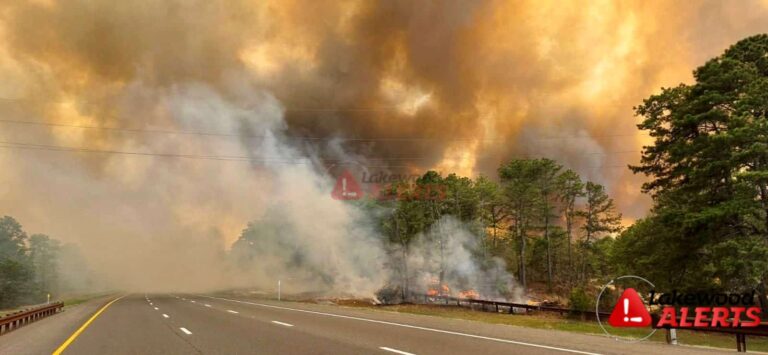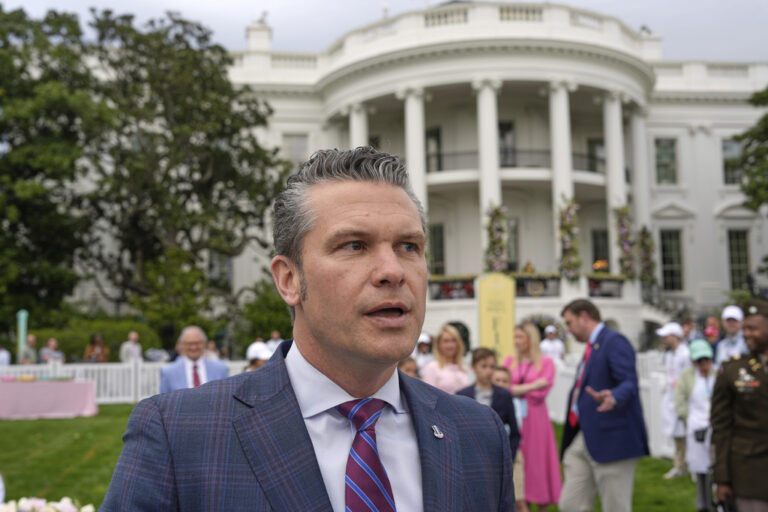 Governor David A. Paterson today announced that, due to an increase in federal Home Energy Assistance Program (HEAP) funding, the New York State Office of Temporary and Disability Assistance (OTDA) – taking advantage of a one-time federal authorization – has increased the income levels for emergency HEAP benefits for the current heating season. The levels will increase from 60 percent of the State’s median household income to 75 percent, beginning January 1, 2009. Under the new emergency levels, a family of four with a household income of as much as $56,635 – up from $45,312 – would qualify for an emergency HEAP benefit if the resources the household has available to meet the emergency are less than the amount of the HEAP emergency benefit.
Governor David A. Paterson today announced that, due to an increase in federal Home Energy Assistance Program (HEAP) funding, the New York State Office of Temporary and Disability Assistance (OTDA) – taking advantage of a one-time federal authorization – has increased the income levels for emergency HEAP benefits for the current heating season. The levels will increase from 60 percent of the State’s median household income to 75 percent, beginning January 1, 2009. Under the new emergency levels, a family of four with a household income of as much as $56,635 – up from $45,312 – would qualify for an emergency HEAP benefit if the resources the household has available to meet the emergency are less than the amount of the HEAP emergency benefit.
Governor Paterson also announced that a $100 supplemental HEAP benefit will automatically be issued to current HEAP recipients that pay directly for heat, increasing the maximum regular HEAP benefit from $800 to $900.
“New York State has already suffered major setbacks during this winter season as ice and snow storms have crushed several regions of the State, leaving thousands of residents without heat and electricity for days at a time. On top of the severe weather we have faced, the uncertainty of the economy leaves not only the poor and elderly struggling to make ends meet, but leaves many New Yorkers wondering if they will be able to pay their bills, put food on the table and heat their homes this winter,” said Governor Paterson. “For this reason, we are expanding emergency HEAP to provide benefits to those who would not typically be eligible. An increase in emergency HEAP income eligibility levels combined with a supplemental benefit to all HEAP recipients that pay directly for heat will help more New Yorkers stretch their heating budgets a little further this winter.”
The supplemental $100 regular HEAP benefit will be automatically issued to those households that pay directly for heat and whose regular HEAP benefit was authorized prior to December 22, 2008. This benefit will be sent directly to the recipient’s HEAP vendor. These households do not need to apply again to receive the supplement. For those households that apply for HEAP on or after December 22, 2008, $100 will be added to the amount of the regular HEAP benefit for eligible households paying directly for heat.
New York State has received $550.9 million in federal HEAP funding, allowing OTDA – the agency responsible for administering HEAP in New York – to provide emergency benefit payments to households that were not previously eligible and to provide the $100 supplemental HEAP benefit to current recipients. Emergency HEAP benefits are available to income-eligible households that are out of or running low on heating fuel or that have had heat-related utility service disconnected or scheduled for disconnection.
Standard HEAP benefits are provided to assist low-income New Yorkers in paying for the cost of heating their homes. HEAP also provides emergency benefits to New Yorkers who are facing a heat or heat related energy emergency and do not have the available resources to meet the emergency. This winter season, New York’s most vulnerable residents could receive as much as $2,500 in aid to help heat their homes. A regular HEAP benefit will be available to those earning up to $45,312 annually for a family of four up from $43,308 last year.
Last year, New York State issued $273 million in HEAP benefits to more than 850,000 households. For further information about HEAP, including how to apply, please call OTDA’s toll-free hotline at 1-800-342-3009 or visit: http://www.otda.state.ny.us/main/heap/. To find out if you are potentially eligible for HEAP assistance visit: www.myBenefits.ny.gov.
(Dov Gordon – YWN)











2 Responses
So where is all this global warming they’ve been telling us about. I thought New York was going to get Florida’s weather (esrog trees in the backyard, no need for heavy coats).
Complain to your local environmentalist. Demand Global Warming, immediately!!!!!
good at least some working people will get something instead of welfare receivers in “public housing”